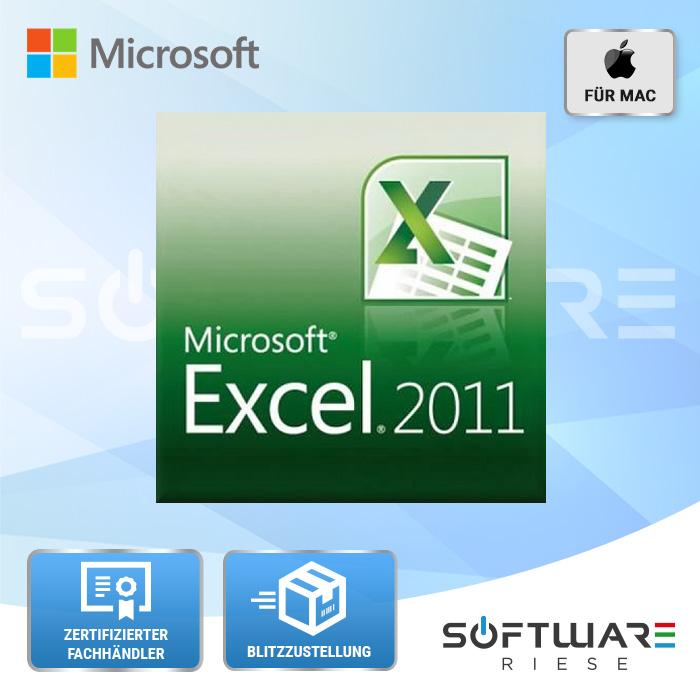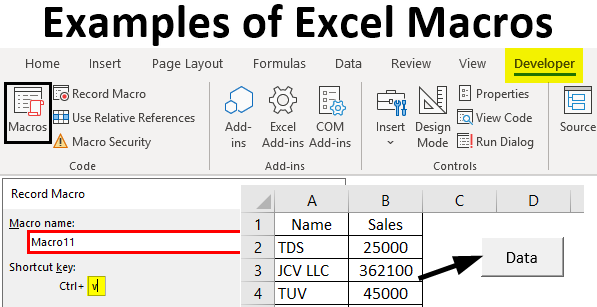

The cybersecurity industry applauded the move to block macros - and it appeared to be working until Microsoft’s reversal last month. “Therefore, to help improve security in Office, we’re changing the default behavior of Office applications to block macros in files from the internet.” “VBA macros are a common way for malicious actors to gain access to deploy malware and ransomware,” the company said. Microsoft announced its plans to disable macros by default back in February to stop threat actors from abusing the feature to deliver malware via email attachments. The company has since updated its documentation with step-by-step instructions for end users and IT admins explaining how Office determines whether to block or run macros, which Office versions are affected by the new rules, how to allow VBA macros in trusted files and how to prepare for the change.

In a statement given to TechCrunch, Microsoft said it paused the rollout while it “makes some additional changes to enhance usability”. This comes shortly after Microsoft halted the rollout of the macros-blocking feature citing unspecified “user feedback.” It’s thought the initial rollout, which kicked off at the beginning of June, caused issues for organizations using macros to automate routine processes, such as data collection or running certain tasks. In a new update, the technology giant said that it will start blocking Office macros by default starting from July 27.

Microsoft confirmed this week that it will soon start blocking Visual Basic Applications (VBA) macros in Office apps by default after quietly rolling back the change earlier this month.


 0 kommentar(er)
0 kommentar(er)
